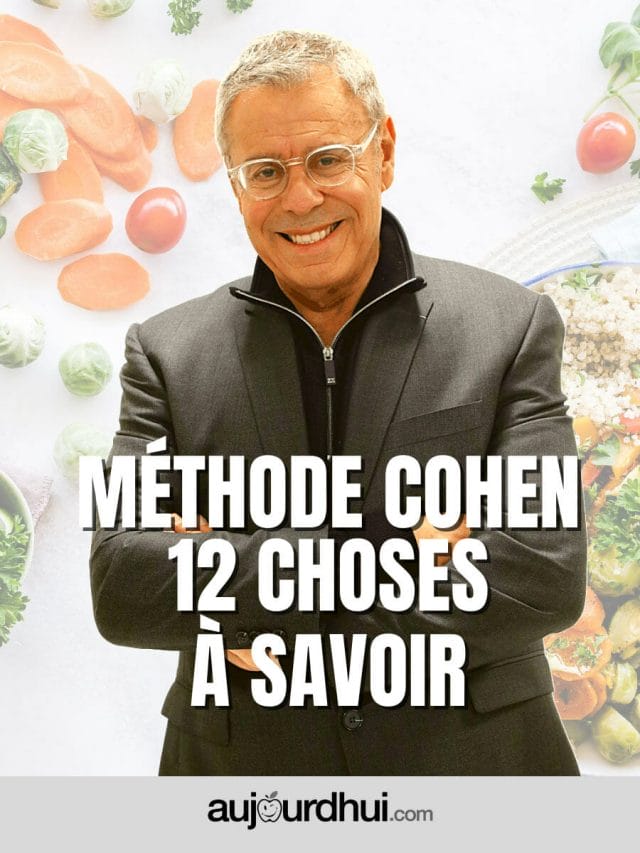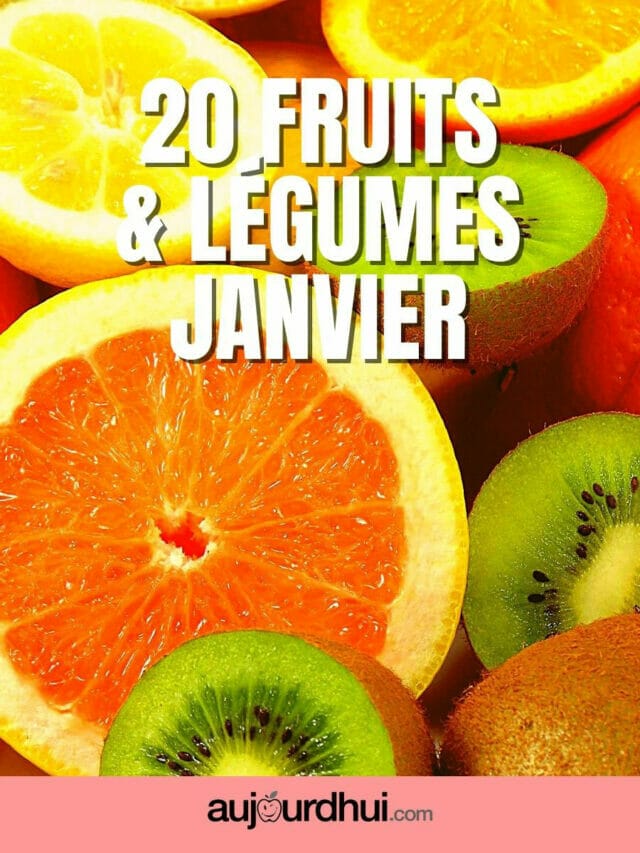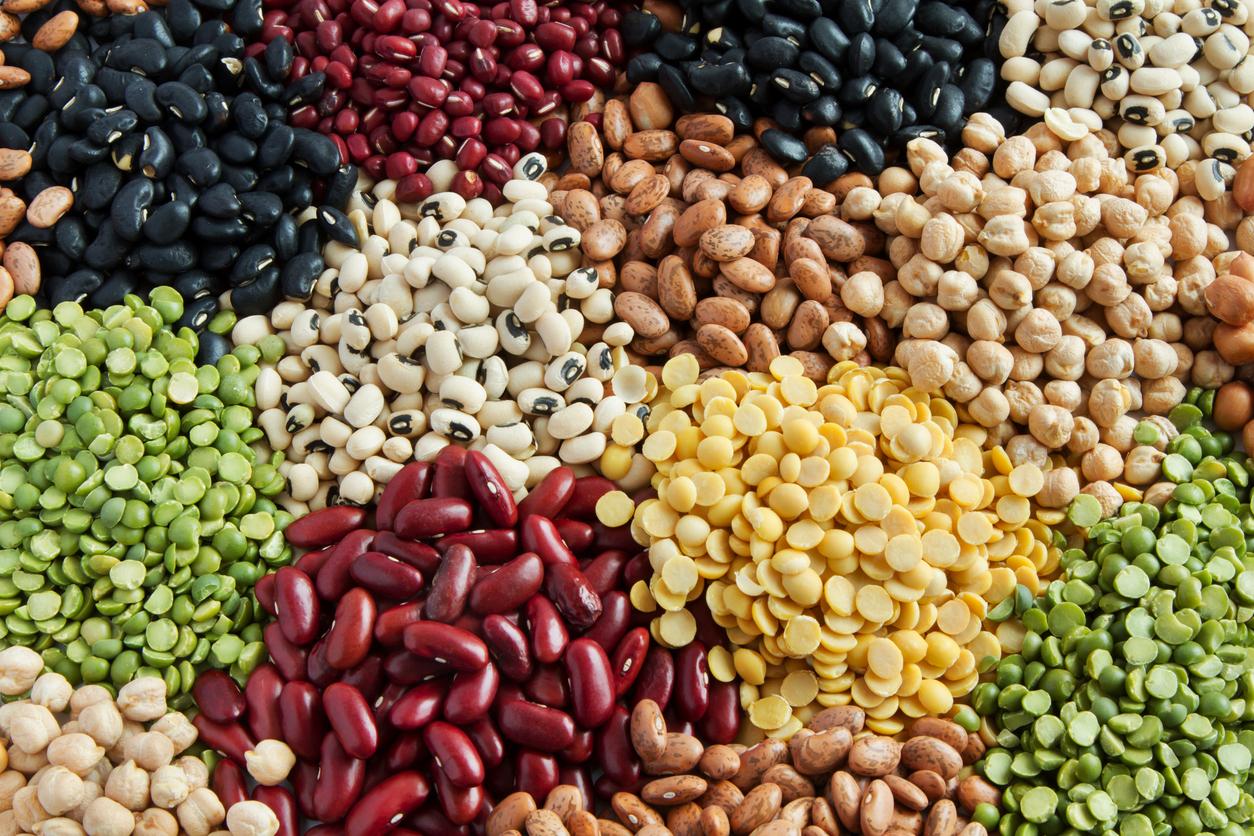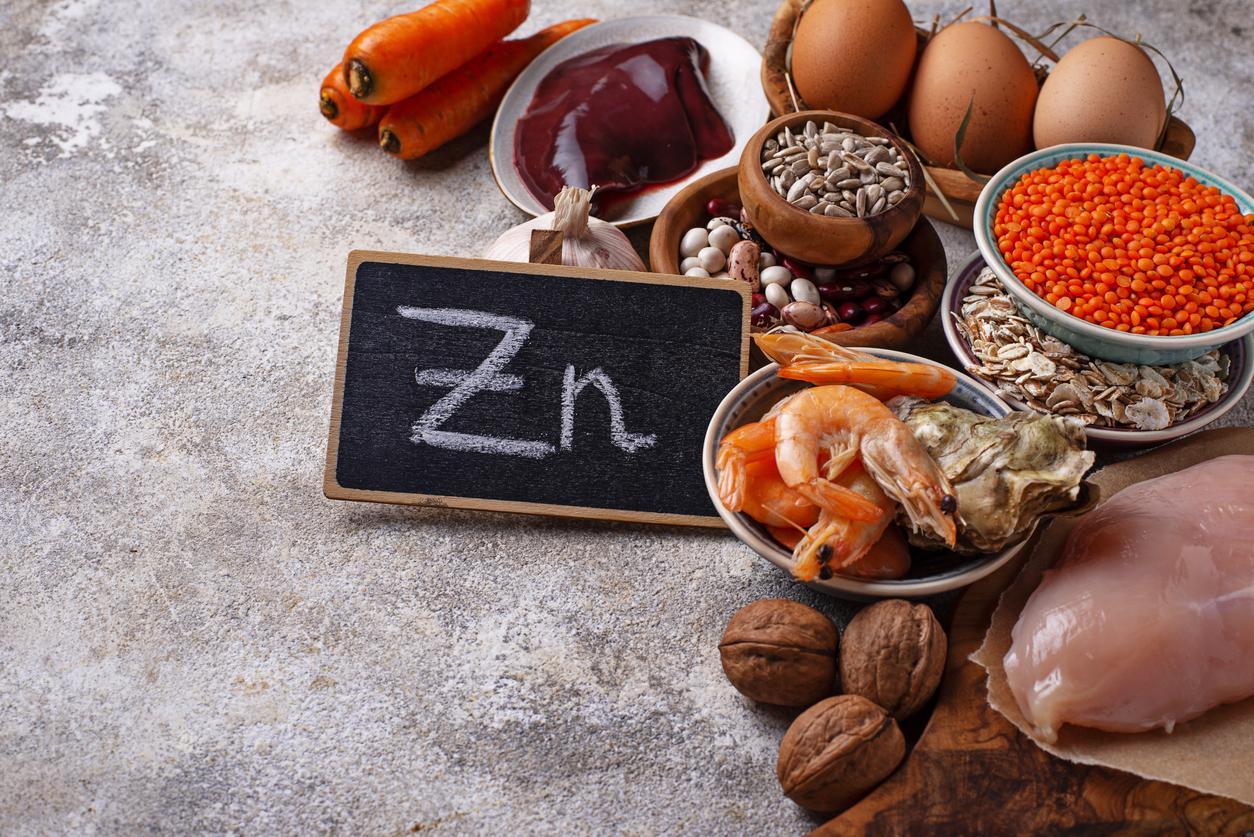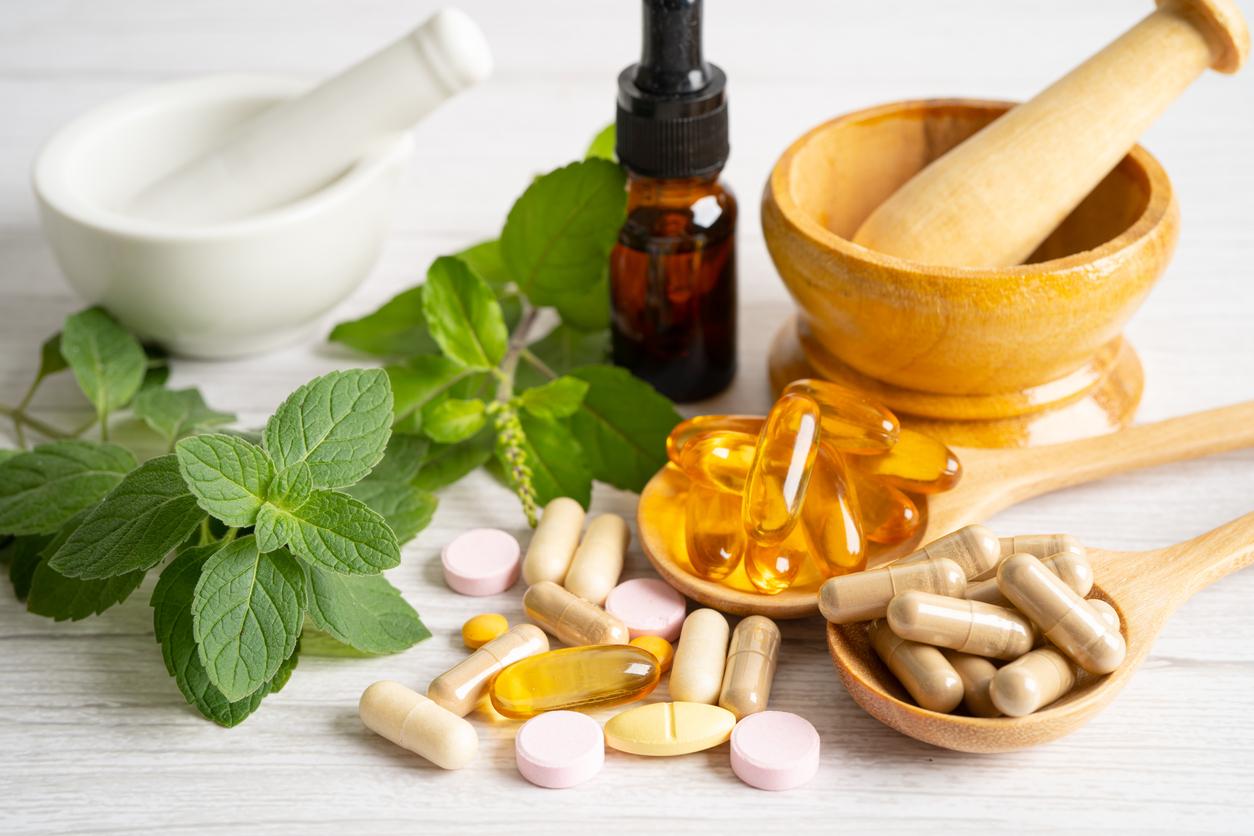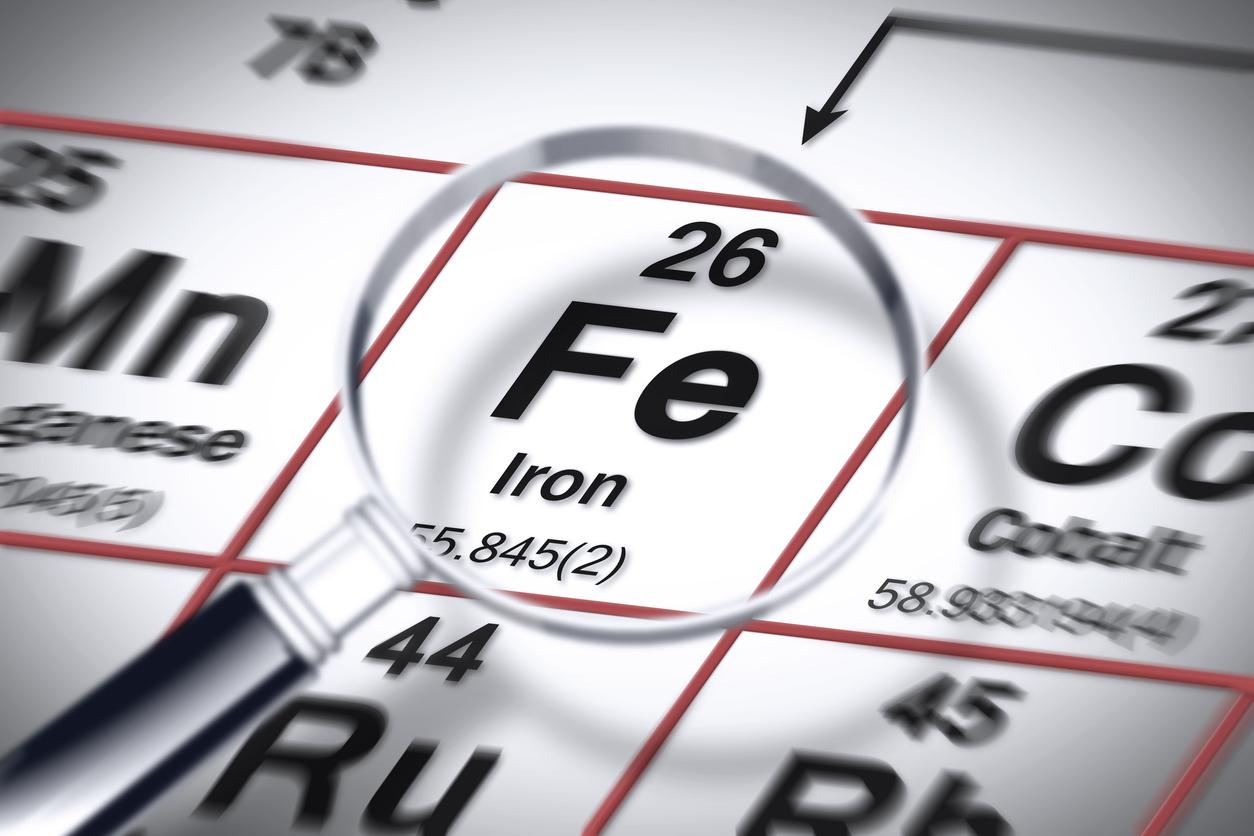Can eating meat prevent us from iron deficiency? Meat is defined as “all parts of an animal intended for human consumption or deemed healthy and fit for that purpose” (as defined in the Food Code). Meat consumption has been controversial for some time, let’s observe it from a strictly nutritional point of view.
Meat is consumed for its protein intake and also often for its iron intake. We speak in the case of meat of heme iron, see if its consumption makes it possible to avoid iron deficiencies and explain what is meant by “meat”.
Meat, muscle, but not only…
From one animal to another, muscles differ by the number of fibers and their dimensions, by the relative importance of the fibers red Or whiteby the amount of connective tissue that surrounds them and the nature of this tissue, which can be either collagenorelastin.
It is all of these characteristics that make up the quality of the meat. The less connective tissue, the shorter the fibers and the better the meat. It’s here rich in fat of a meat that gives it its softbut also its flavor (this is why marbled meats are tastier).
The taste also depends on the breed of the animal, its sex, its age and, a factor that we tend to forget, the food it has received.
Some breeders tend to give a flour-based food to their animals, while preventing them from moving. Which gives a more tender meatbut less tasty than that of free-range animals.
Red meat or white meat?
The color of a meat is defined by that of the muscle, which depends on its blood pigment. Indeed, the meat changes color according to the species, but also according to whether the animal was bled or not, killed violently or not. The age of the animal and the maturity of the meat after slaughter also come into play (a “stale” meat is darker).
However, the meat color does not reflect its nutritional quality. Thus, there are meats of a very pale color, such as chicken breast, and others of an intense red, such as horse meat or beef.
The young calf, fed with a diet low in iron, has very little pigmented flesh: initially pale pink, it will gradually redden. Similarly, species slaughtered when the animal is young produce flesh with more white fibers because it contains less blood.
At the wild species, very active, the flesh is by nature redder. Likewise, when an animal is not bledthe blood remains present in the muscle and adds its color to that of the pigments.
In the case of game, the very dark color, sometimes black, of the flesh has several causes: a naturally high content of pigments, but also the fact that the animal has been slaughtered in full force and that it has not been bled.
Note in passing that an almost black color indicates that the meat must be consumed quickly.
Note that the price of meat depends mainly on its protein content. The greater the muscle mass, the more protein it contains, therefore the more expensive it is.
The nutritional values of meat
Meat is a product very rich in protein, but the quantity differs widely according to the pieces and the species. That said, some species seem to have evolved over the past few years.
Thus, certain breeds of cows, for example, are now more muscular and have higher protein levels than fifty years ago. The protein and lipid content can vary greatly depending on the cut and the species: lamb’s brain, for example, contains 11.8% of proteins and 12.6% fat, compared to 32 to 37% protein and 3 to 4.8% lipids for the doe or pigeon.
These values are dependent on the activity level of the animal, its breed and the age at which it is consumed.
Meat contains virtually no carbohydrates, except that of horse, in very moderate quantity (2 to 3%). This meat contains 60 to 70% water, depending on the pieces, how they are cooked, but also the breed and age of the animal.
The meat has a low mineral content (less than 1%). It is low in calcium, but rich in phosphorus. The amount of sodium varies according to the species, but also according to the piece: offal contains a lot, but much less than fruits and dried vegetables.
Meat and iron deficiencies
The iron (heme) is the mineral element most present in meat, which is also rich in copper, which potentiates the “effectiveness” of iron. It should also be noted that red meat contains more iron than white meat.
And this heme iron is better absorbed by the human body than non-heme iron, ie of vegetable origin. The iron contained in meat is indeed better absorbed than that contained in quinoa, soy or other plant sources.
Consumption of meat against iron deficiency is therefore positive.
Meat is also rich in group B vitaminsbut low in vitamins C, A, D and E.
Its interest therefore seems to focus on its high protein intake and its good assimilation of iron.
If you have a more plant-based diet and love coffee? Be aware that coffees contain tannins which reduce the absorption of non-heme iron (of vegetable origin). So if you have a vegetarian diet and want to avoid iron deficiency, keep a close eye on your coffee intake.
Heme iron and colon cancer
Finally, like everything, we must not fall into abuse. Indeed, a too much meat consumptionand in particular red meat, with strong blood pigments and containing a large amount of heme iron (thus interesting against iron deficiencies) could however have negative effects.
Indeed, it has been noted that excessive consumption of Red meat (more than 500 g per week) could favor certain cancers, in particular Colon Cancer. The latter would actually be favored by too high a consumption of heme iron, and therefore of red meat.
So to avoid iron deficiency, the only consumption of red meat is not the solution. It’s necessary vary your sourcesanimal and vegetable and do not over-consume coffee which in turn limits the absorption of non-heme iron.
Changing your diet is the best solution to avoid not only iron deficiencies but to ensure all nutrient and macro-nutrient intakes. If you opt for the exclusion of such or such product, inform yourself well to ensure all the necessary contributions and to preserve a good health !
So why not take a Masterclass in nutrition?










